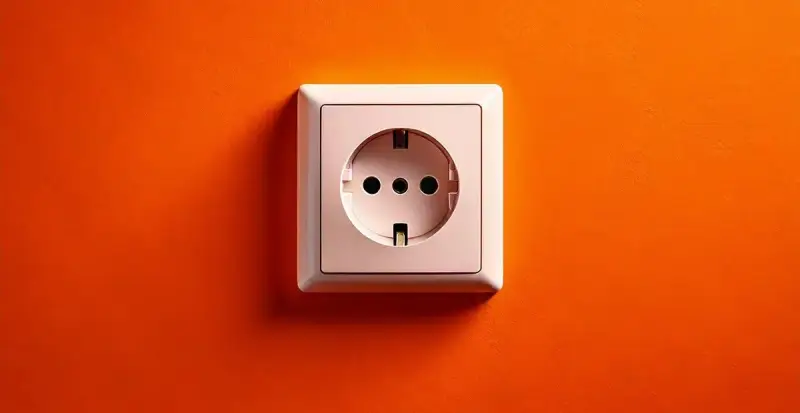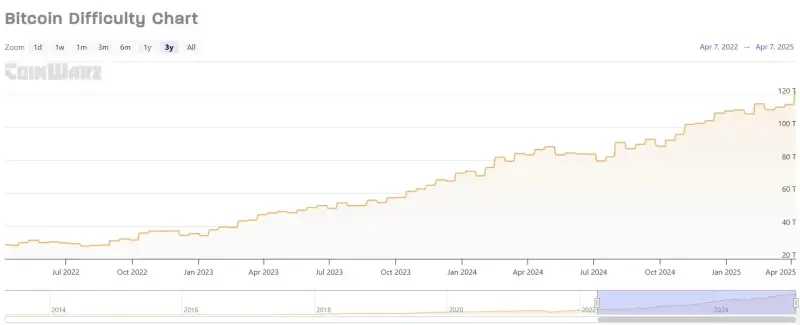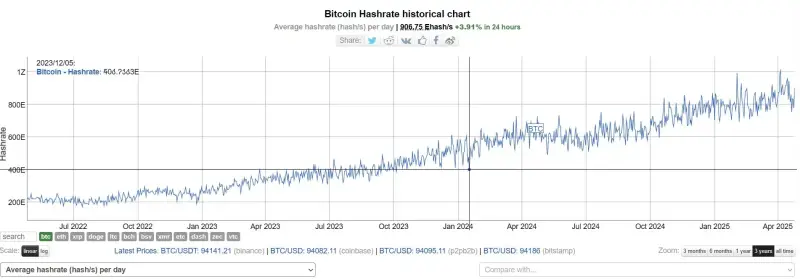Will Bitcoin (BTC) mining pay off in 2025?
Is cryptocurrency mining still worth it in 2025?
Bitcoin mining is a process of validating blocks on the Bitcoin network that rewards one of the lucky connected users with a few BTC every ten minutes or so. In this text, we take a comprehensive look at the myths surrounding cryptocurrency mining and whether it will be worth mining bitcoin or other cryptocurrencies in 2025.
How does cryptocurrency mining work?
Despite how it sounds, cryptocurrency mining is a fairly complex process. First and foremost, it is important to remember that it is not a "process" but a lottery. Only one unknown can unlock the reward.
As more and more power was added to the grid, the complexity of extracting a single block began to increase. Costs rose with it, and as a result, miners began to join together in teams - called "pools". Simply: if one of them wins the lottery, they split the reward in proportion to the output. Virtually all cryptocurrency mining today operates through these pools - a Czech invention, by the way.
ASIC miner on our hosting in the UAE is a great form of passive income. Find out more about it on +420 777 006 685 or info@coin-factory.cz.
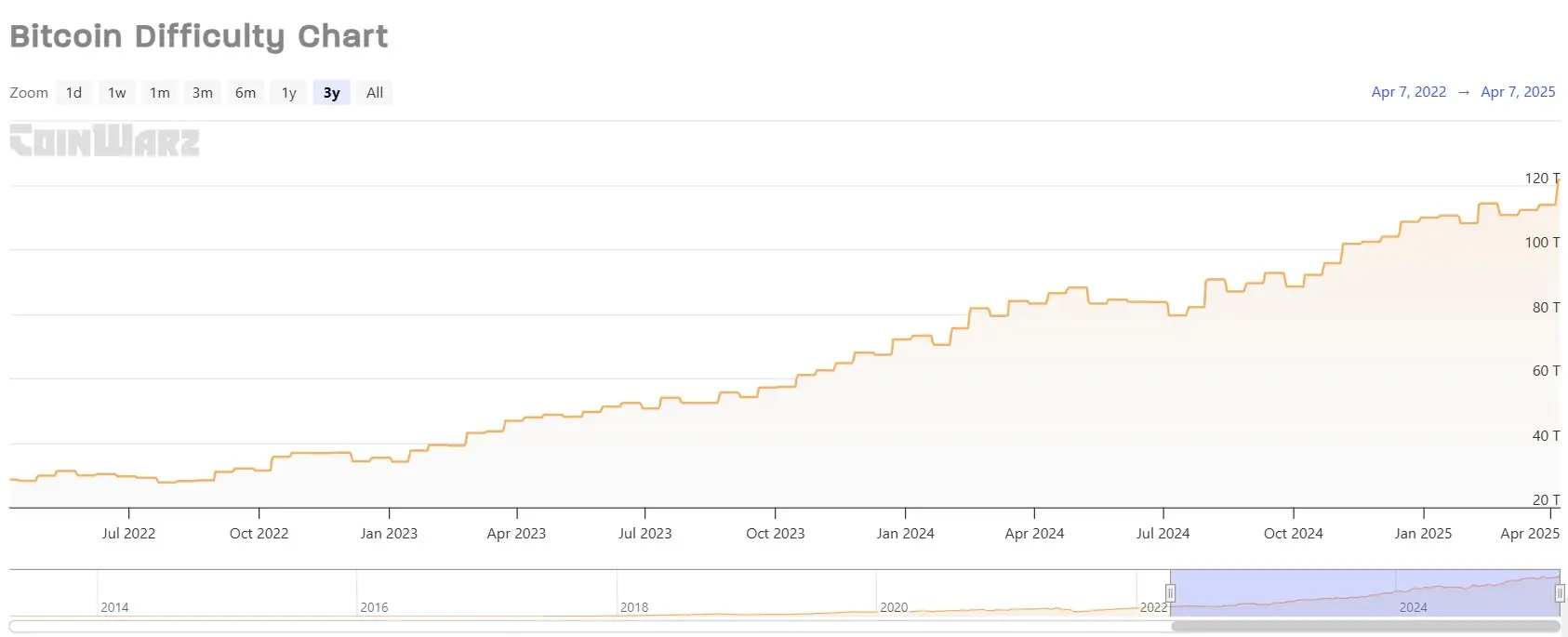
What factors affect the profitability of mining in 2025?
There is no single coin that is the most profitable of all. It is a living ecosystem that is constantly changing. However, it is possible to predict the factors that go into mining and its cost.
At the same time, keep in mind that their importance varies depending on whether you mine in your home or industrially. We will discuss both in separate chapters.
Pool selection
As mentioned above, pool is an absolute must for bitcoin mining today. Different pools differ in size, fee calculation, and the methodology by which the mined cryptocurrencies are redistributed.
Hardware and electricity price
Of course, the price of electricity varies from region to region. Generally speaking, it is most profitable to mine in the southern or central states of the US, where most cryptocurrencies are also mined, as we have already written in our previous text. The availability of professionals to operate it is also a privilege of the US. Other countries are Kazakhstan and the United Arab Emirates, where we also have one of our hosting farms.
Again, whether you are mining at home or in specialized farms is crucial.
You might be interested in: Where is Bitcoin (BTC) being mined? (2025)
Hash Rate
Hash Rate is the total computing power connected to the network at a given time. Its level increases over time. A high hash rate of a connected pool means a higher chance of mining a block, but you also have to share it with more people.
We also can't forget the hash rate we generate ourselves. A powerful machine or several miners will naturally offer higher performance and therefore higher earnings.
Regulation
For now, mining itself does not seem to be affected by cryptocurrency regulations. Most mining today takes place in Kazakhstan, the US and China. In China, it is illegal, so by definition no regulations can affect mining there. Even if there is no threat today, it is worth keeping an eye on the situation in the future, especially because of the high energy intensity.
Price fluctuations
If you've been following the stock markets lately, you've probably noticed that business volatility is not good for them. And it's the same with cryptocurrencies - the level of price volatility determines how much you can plan ahead. But in recent years, volatility has been declining as relatively stable money institutions have entered the market.
Mining on a farm
Today, most SHA-256 networks, such as Bitcoin (BTC) itself, are mined in specialized farms. Since hashrate, the computing power on the network, has been growing continuously since the inception of BTC, it is pretty safe to say that even in 2025, mining BTC will be worthwhile.
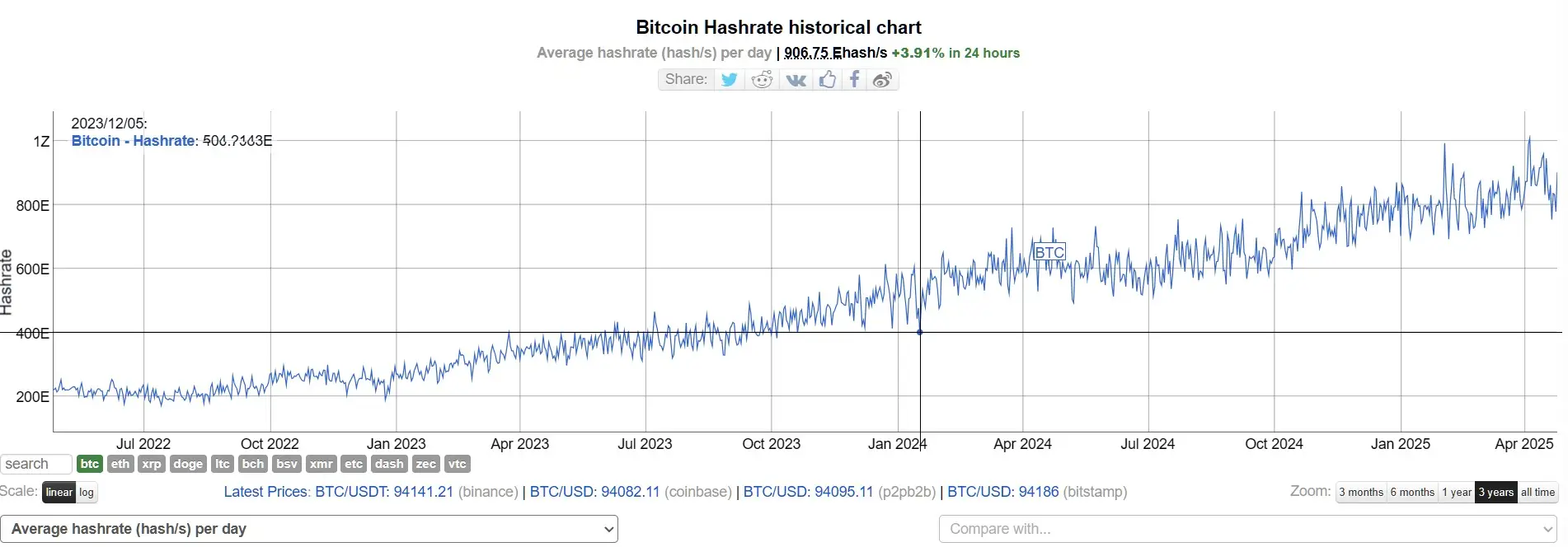
However, the actual amount of earnings depends on the price of electricity, the state of the miners, the types of miners, the cryptocurrencies mined, other costs (e.g. maintenance staff), the size of the operation and other factors. If we try to generalize as much as possible, then large operations in places with low electricity prices are the most profitable. This is why our hosting services in the USA or UAE are highly popular, where we take care of all the secondary costs for you and you only pay for the electricity.
Mining on your own farm, on the other hand, is only worthwhile if you have a large number of miners. You will need to take out a loan, invest several euros and continue to manage the farm - very likely in a country outside the European Union, which will complicate the import of machinery and other logistics. Joint larger operations are simply the best option.
Home cryptocurrency mining
Home mining is a specific category. While you're unlikely to mine bitcoin yourself anymore unless you're really lucky, accessible ASIC miners and cheap solar energy harvesting panels make the perfect combination for making money.
There is no efficient way to store energy from solar panels for the long term. It must therefore either be consumed or sold. There are services that allow monetization of solar energy by connecting it to the grid. Essentially, you are selling the energy you have produced on your roof at home. However, these services are not very widespread, which is why cryptocurrency mining is becoming the most common way to monetize excess energy.
Simply put, if you have panels on your roof and you can't consume the energy, it's worth covering it by running miners. The downside is the need to invest in the miners and solar panels themselves, as well as the need for regular maintenance. Nevertheless, home mining is becoming increasingly popular.
Make money mining cryptocurrencies with our hosting. Get a machine and let us handle everything for you. Find out more at +420 777 006 685 or info@coin-factory.cz.
